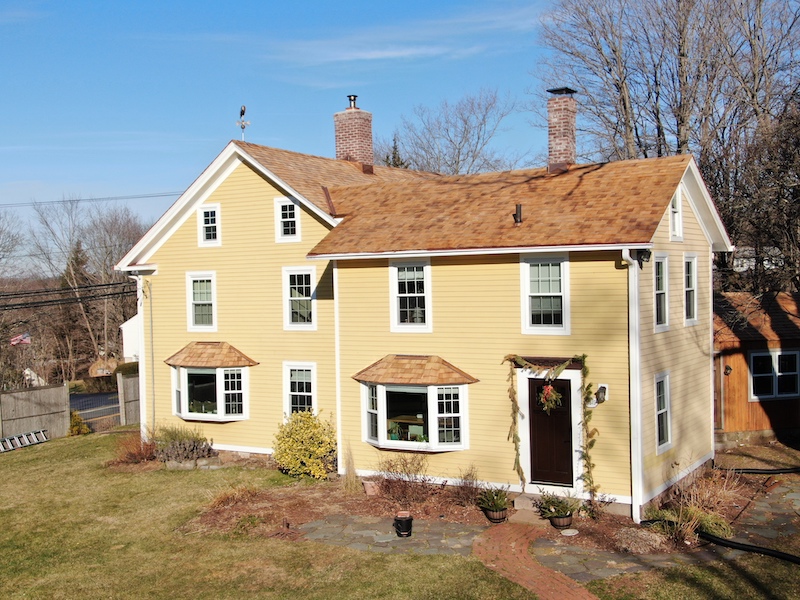Before the mid-19th century advent of bituminous roofing materials – asphalt shingles, in layman’s terms – slate and wood roofs were the most prominent materials used for both commercial as well as residential buildings. Because trees were plentiful when settlers first came to America, hand-split cedar shingles, as well as those of cypress, white oak and white pine heartwoods, were used.
During the ensuing centuries, many other materials have become favored for roofing for a variety of reasons. However, in our view, with the right home in the right environment – there is nothing like a cedar shake or cedar shingle roof. To us here at Connecticut Roofcrafters, this type of roofing can rise from a trade to a form of art.
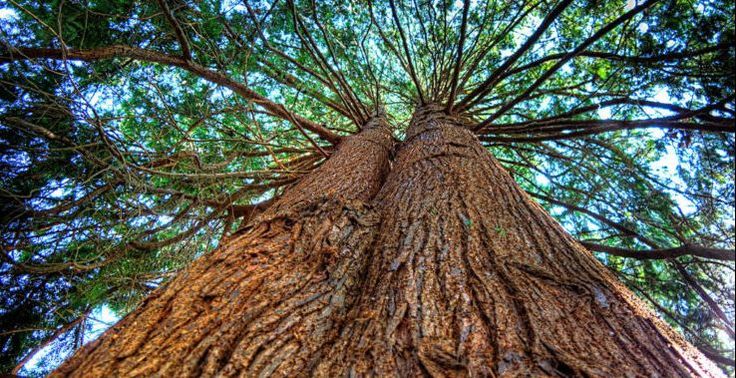

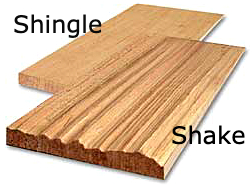
The Medium – Cedar Roof Shakes and Shingles
Derived from trees native to the US and Canadian Pacific Northwest, cedar is known for its flexibility, strength, and weather resistance — qualities that make it perfect for wood roofing. The average cedar tree grows to 150 feet and can be as wide as 20’ in diameter, which demonstrates the robust nature of the wood. What’s more, the wonderful hallmark aroma of cedar is a natural insect repellent, which explains their longevity as well as suitability for roofing.
Owing to its durability, cedar is a preferred wood among manufacturers of acoustic guitars. Likewise, cedar is one of the most popular woods for shakes and shingles thanks to the these additional features and benefits:
- When compared to Teak or Wallaba, Cedar is the most budget-friendly wood to use for roofing
- The fine grain and uniform texture makes cedar great to work with; steam bending allows us to shape the shingles however necessary
- Is highly-resistant to humidity and size changes due to temperature fluctuations
- Cedar offers thermal resistance many times higher than that of other roofing materials which saves energy by reducing the necessity for heating and cooling
- Lastly, Cedar possesses a beautiful wood finish which ages gracefully
Shakes versus Shingles
Most of the installations we do feature Cedar Shingles, which are are sawn on both sides and possess an even taper and uniform thickness. Their counterpart, Cedar Shakes, are thicker at the butt end than shingles; generally one or both surfaces are split to obtain a textured effect. A split and resawn shake has a split face and sawn back. A taper sawn shake has a natural taper and is sawn on both sides. When discussing lengths of shingles, the industry terms “Perfection” and “Royal” mean 18 inch and 24 inch lengths, respectively.
Both cedar shakes and cedar shingles are available pressure treated with fire retardants and chemical preservatives for increased fire resistance and to enhance their natural ability to prevent rot and decay in some climates.
The Canvas – types of Residences, Locations and Installation Surfaces
In general, Cedar Roofs look best on more traditional types of homes with Gable, Gambrel or Hip Roofs. And, of course, Saltbox style roofs which almost require wood roofs to look completely authentic. If you own a Farmhouse, Dutch Colonial, Cape Cod or Tudor style home, chances are pretty good that a Cedar Shake or Cedar Shingle roof would compliment your home well and protect it nicely.
In terms of geographic location, if you live in a coastal climate (as did many of the original settlers here in the US), its natural resistance to humidity makes cedar a perfect choice for damp, marine environments. If you live in a geography prone to seasonal or even more periodic temperature variations, the thermal resistance inherent in cedar will serve you well; it keeps the roof cool during the hottest summer days and insulates to keep in warmth on the coldest winter days.
When it comes to how wood roof systems are actually applied to houses, the preferred method is skipped decking (also called spaced sheathing). This more traditional approach is used so the underside of the shingles has significant exposure to circulated air. This enables both sides of the shingle to dry in as uniform a manner as possible, which minimizes the potential for warping or cracking.
In geographies prone to windblown snow or where a solid roof diaphragm is stipulated by building code, the typical plywood or strand board roof deck is modified to allow for ventilation below the wood shingles. What we use in these circumstances at Connecticut Roofcrafters is an underlayment material called Cedar Breather, which allows airflow between the deck and wood shingles or shakes.
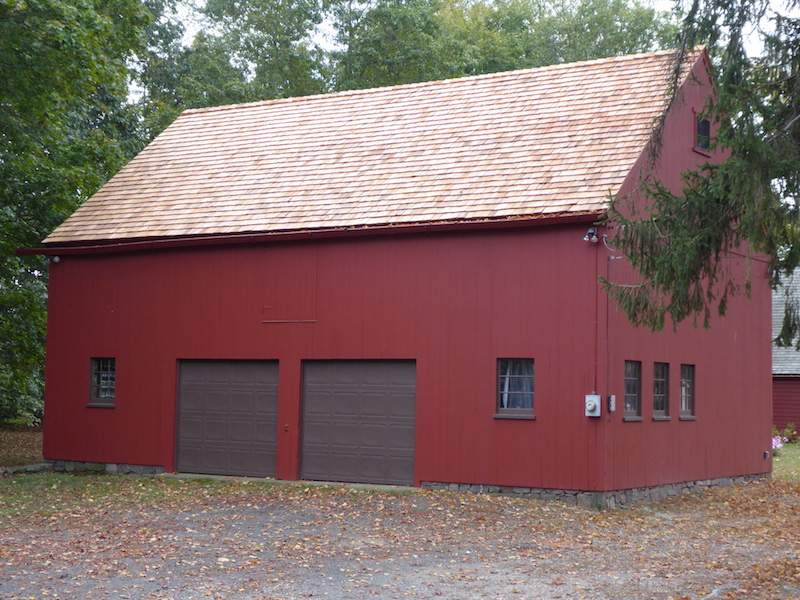
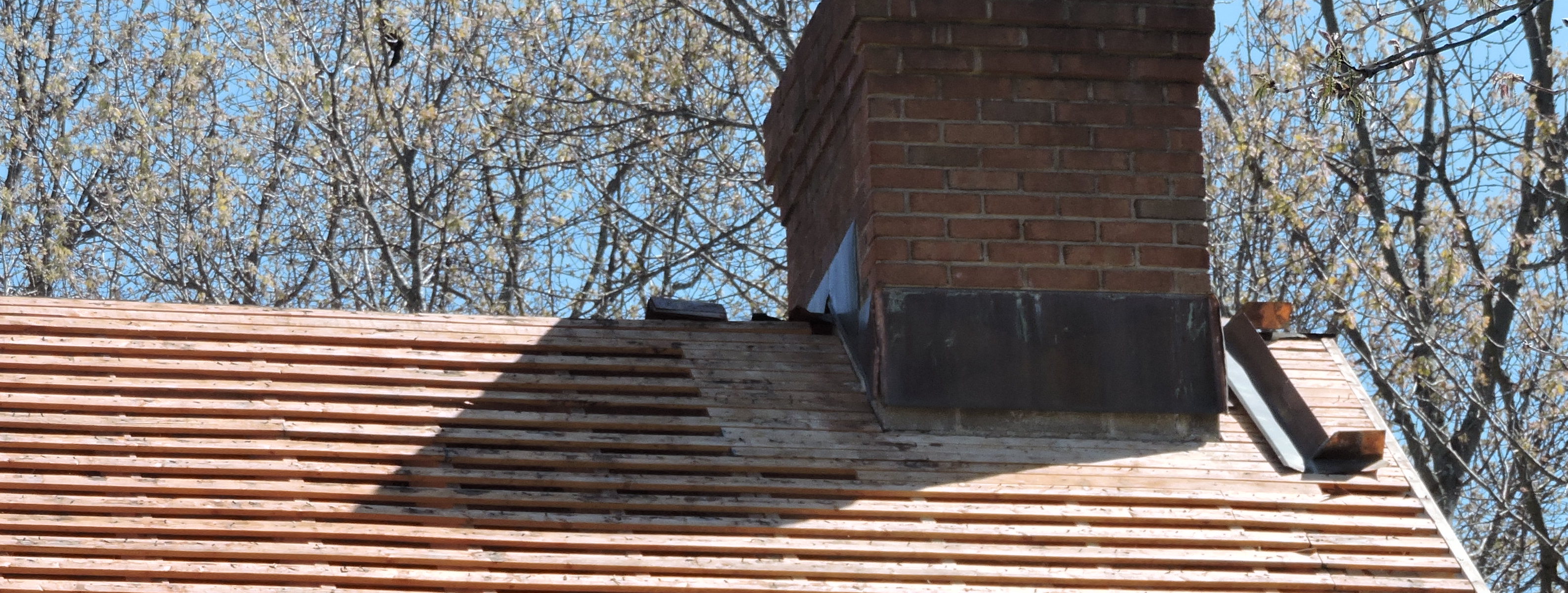
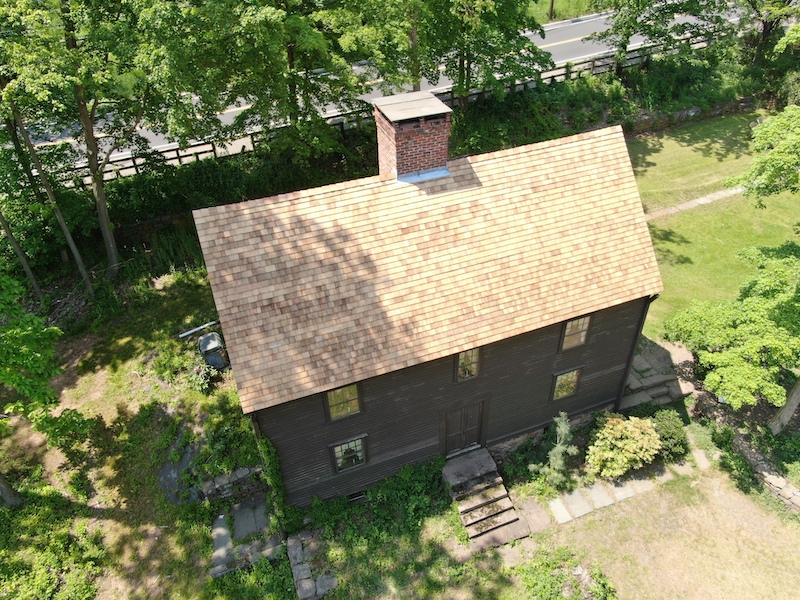
The Flourishes – Protrusion and Valley Flashing, Hip and Ridge Caps
While they serve very specific utilitarian functions, some of the flashing and seam protections on Wood Roofs can be downright artistic. And they generally stand proud as they break up the uniformity of thousands of cedar shingles or shakes perfectly aligned in row after row of aligned perfection.
For example, the shiny copper flashing used to protect roof valleys from water or wind incursion strikes a vivid contrast to the monochromatic look of the shingles. Similarly, the flat copper flange surrounding and extending in an upslope on plumbing soil stacks and exhaust vents brings attention to these breaks in the roofline.
One of our favorite protrusions to flash are chimneys, which always present an opportunity to mix the trade of copper forming and soldering with the art of aesthetic in how it connects the chimney to the roofline.
Finally, the cedar hip caps or ridge caps we fabricate, which serve to bring two sides of roofing together and form a seal, can look like ornate sculptures capping off the job with a flourish.
In closing, we find Cedar Shingle and Cedar Shake roofs to be the ultimate mix of beauty and a beast of a roof to protect your home or business. If you are interested in discussing your needs in a new, replacement or repaired wood roof, please contact us.


